Time to Fix the Slice
Welcome back for another lesson on ball flight. Hopefully you’ve read Lesson #1 on start direction, because in today’s lesson, Curves, we’re going to build on that information. Before we get into that, I need to clear up two things.
#1: Semantics
I will admit that I am a little obsessive about language. As such, it drives me absolutely mad when I hear people throwing around “open” and “closed” without a reference point. “Open” and “closed” are relative terms. Your club face can be open relative to the target but closed relative to your path. It is important to be clear about the reference point to avoid confusion.
#2: Path Alone Doesn’t Create Curves
While I appreciate simplification as much as the next guy, I cringe when I hear people say, “Path curves the ball.” To me, this saying is why there are guys on every range in America trying to “swing to right field” to fix their ball flight when what they really need to do is get their club face in a better position.
What Does Create Curves?
Here’s the answer:
The relationship between the club face and club path creates curvature.
Or, said another way:
The ball starts between the face and the path, then curves towards the face (or away from the path).
To get even more practical:
When the club face is closed (more left) relative to the path, the ball will draw, or curve left.
When the club face is open (more right) relative to the path, the ball will fade, or curve right.
The 9 Ball Flights
With what you now know, you can understand and diagnose the 9 different ball flights. In the examples below, I used the negative terms “Slice” and “Hook,” but you can substitute “Fade” or “Draw,” if you’d prefer.
Now What?
With your new understanding of start direction and curvature, you can build an even deeper understanding of your swing and your ball flight.
Head to the range, pick a target, and set up your practice station. Hit a few shots keeping track of where the ball starts and how it curves. With those two pieces of information, you should be able to get a pretty solid idea of where your club face is pointed at impact and where your club path tends to be.
Once you know where you’re at, you can work on getting to where you want to be!
In future lessons, I’ll address how to change your club path and club face. If there are specific topics or shots you’d like to see addressed, please feel free to leave a comment below.
Understanding Ball Flight
Part 2: Curve
Part 4: 3D Club Path (Resultant Path)
Watch the Video
He founded Plugged In Golf in 2013 with the goal of helping all golfers play better and enjoy the game more.
Matt lives in the northwest suburbs of Chicago with his wife and two daughters.
- Performance Golf Click Stick Training Aid Review - October 18, 2024
- Callaway Opus Platinum Wedge Review - October 17, 2024
- When to Take a Break from Golf - October 15, 2024


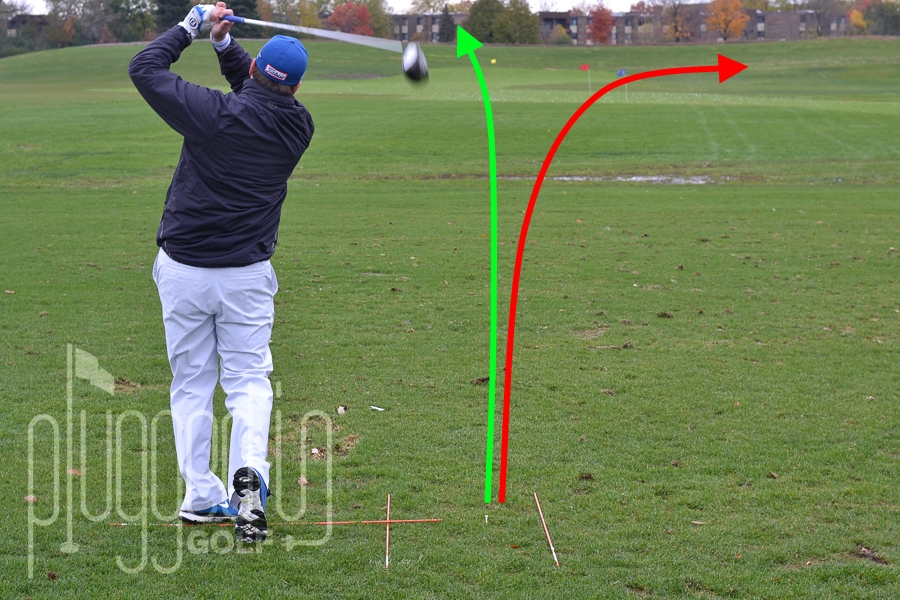
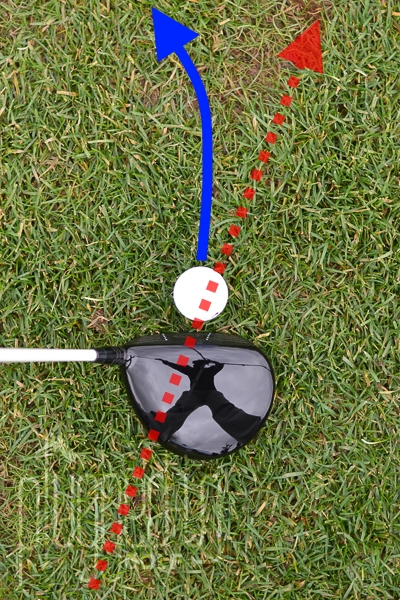
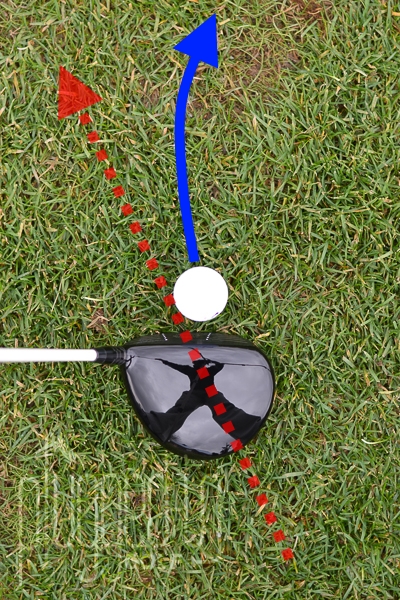
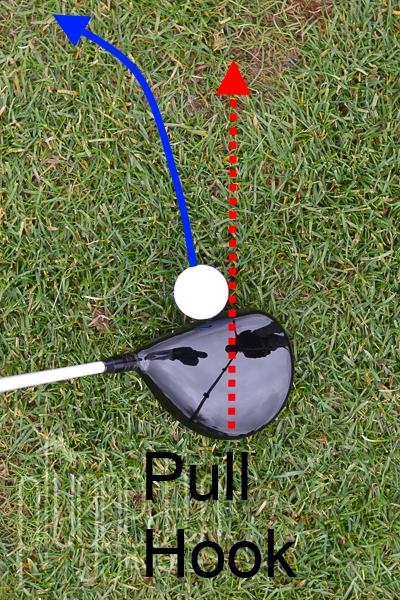
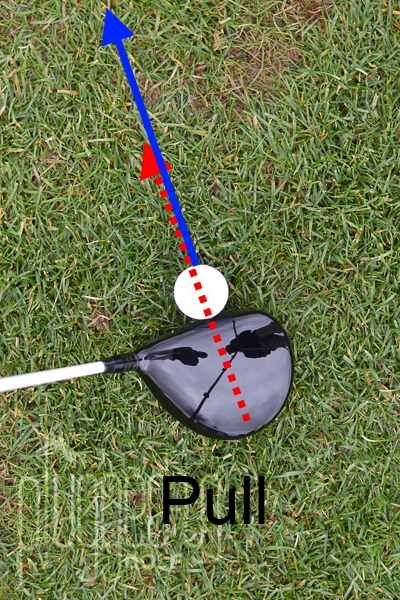
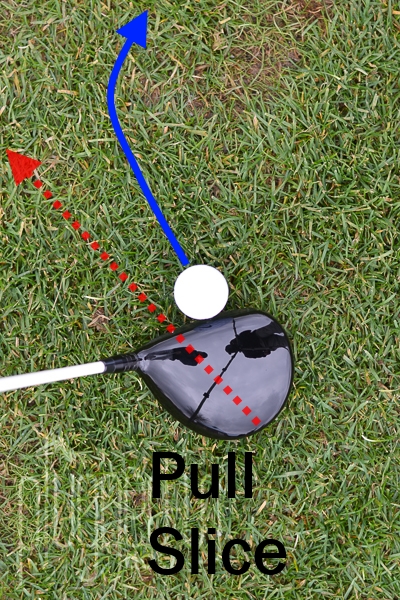
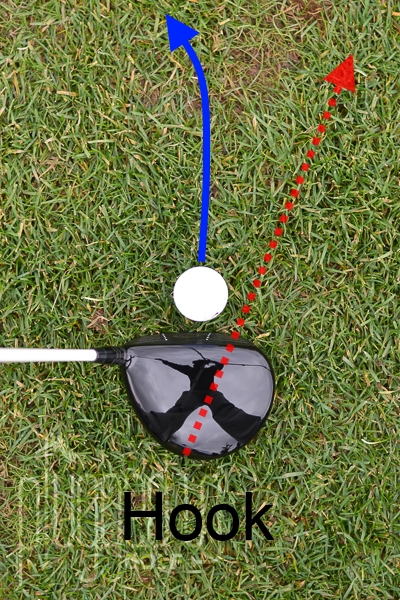
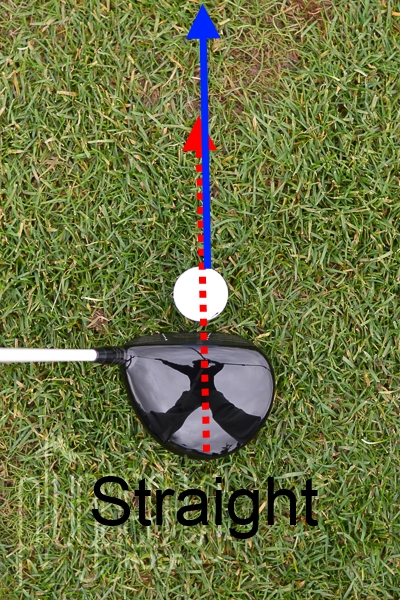

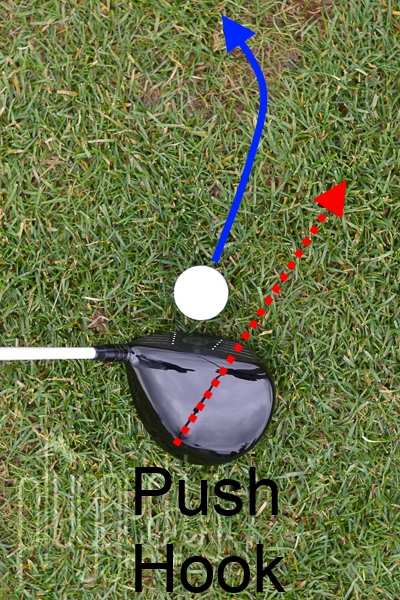
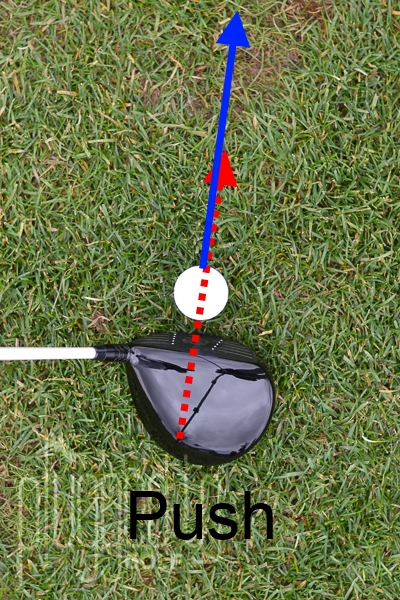
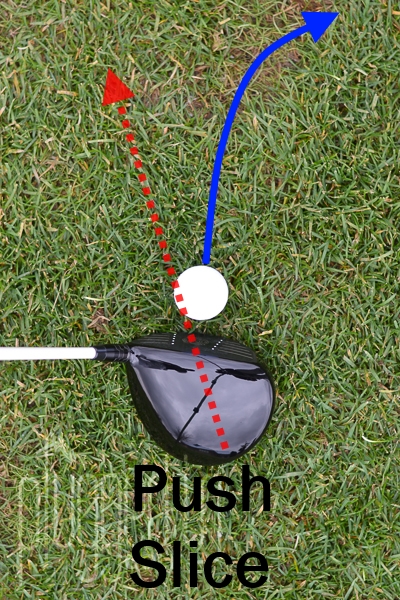
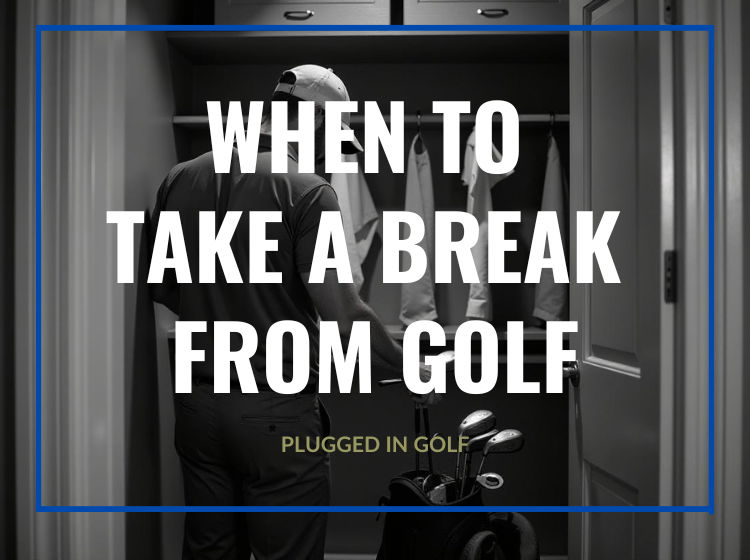
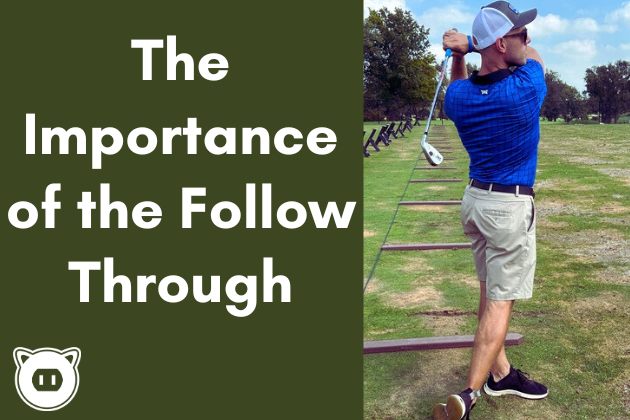
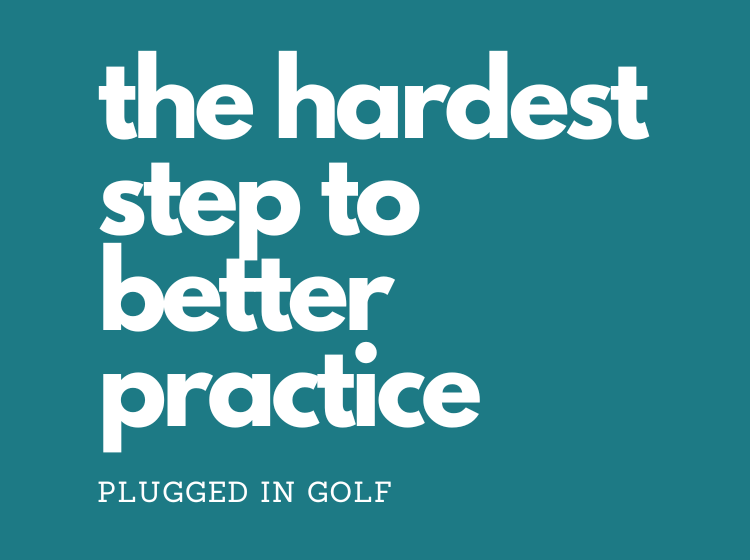









7 Comments
Hi Matt…great stuff here. One question. Why isn’t there a straight path with an open club face in the 9 flights? Straight/closed=pull hook…straight/square= straight. Shouldn’t straight/open=push fade or something? Thanks
Levon,
A club face that is open to the target and a path that is left of the face, whether it’s straight at the target, left of the target, or right of the target, will result in a push fade.
Best,
Matt
Matt,
Crazy Thought, it was mentioned to Hit Up on the Ball, (Driver) your Path is to the Left of Target and to Hit Down your Path is right of the Target…
Is this Correct?
Make Sense however, If your Hitting a Driver, to Hit Up, are you saying the Club Path is left of Target with a Square Club Face.
Correct my thought Process…
I’m not sure if I’m understanding what you’re saying exactly.
When you swing up (positive angle of attack), the path gets shifted left. When you hit down (negative AoA), the path shifts right. That’s all. You can hit driver with a positive or negative AoA. You can hit the ball off the turf with a very negative AoA or near 0.
Hope that helps.
Best,
Matt
Hi Matt,
Could you clearly the red and blue lines? Which is the swing part and which is the ball flight?
Thanks
The curved blue line is the ball flight.
-Matt
Pingback: How to Fix Your Golf Swing: Use Opposites - Plugged In Golf